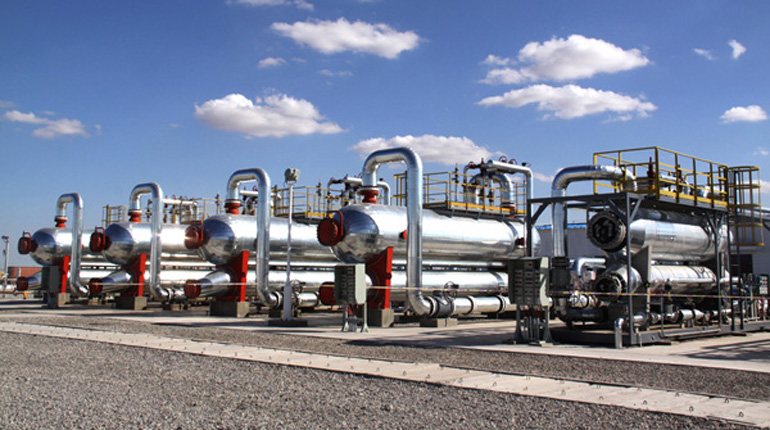Highlights
Economic overview
The United States Federal Reserve has refrained from hiking its benchmark interest rate, partly as a result of the UK’s decision to leave the EU.
The Fed has four more opportunities to set interest rates this year, but the Brexit vote means it is unlikely that it will make any aggressive hikes. The central bank has also slashed its 2016 forecast for US GDP growth and increased its inflation projections, further reducing the likelihood of a substantial rate hike this year. The Fed now expects US GDP to grow by 2% in 2016 compared with its previous forecast of 2.2%. It also expects US personal consumption expenditures inflation to be 1.4% in 2016 compared with its previous forecast of 1.2%.
Quarterly and annual year-on-year GDP growth rates
| Q3 2015 | Q4 2015 | Q1 2016 | 2016 | 2017 | 2018 | |
| US | 2.1% | 2.0% | 2.1% | *2.4% | *2.5% | *2.4% |
| Canada | 1.0% | 0.3% | 1.1% | *1.5% | *1.9% | *2.1% |
| Mexico | 2.7% | 2.4% | 2.6% | *2.4% | *2.6% | *2.8% |
| Brazil | -4.5% | -5.9% | -5.4% | *-3.8% | *0.0% | *1.1% |
| Argentina | 3.5% | 2.2% | 0.5% | *-1.0% | *2.8% | *2.9% |
The US dollar has strengthened against key global currencies so far in July despite the Fed’s inaction. The dollar is acting as a safe-haven currency as investors move away from riskier assets in the aftermath of the Brexit vote. The dollar index has averaged 96.2 so far in July, an increase of 1.6% on a monthly basis and its highest monthly average since March.
The strong dollar index is a concern for emerging Latin American economies as it deters investment, makes fuel imports expensive and raises inflation. Mexico’s central bank raised its benchmark interest rate by 50 basis points at the end of June, to 4.25%, in response to the Brexit vote. Other regional central banks may follow suit if the dollar index strengthens further.



